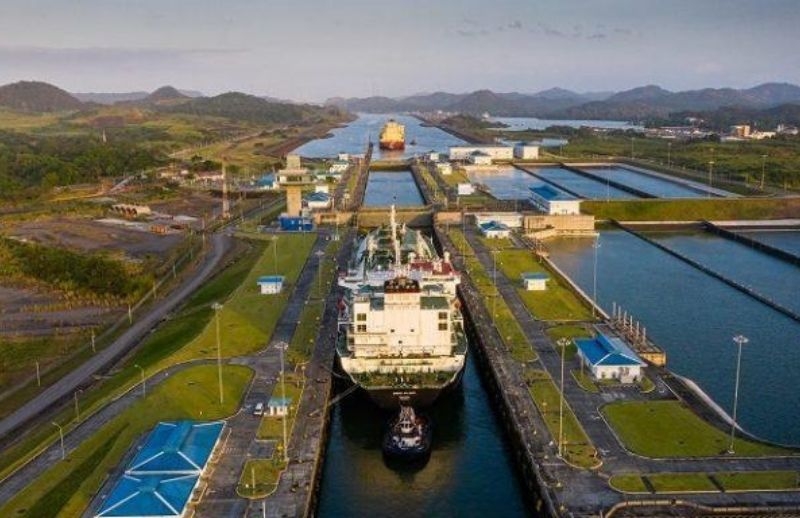Panama Canal: One of the World's Most Important Waterways
The Panama Canal is a waterway in the territory of Panama, in the southernmost part of Central America, connecting the Atlantic and Pacific Oceans. The canal was opened in 1914 and has since become one of the most important waterways in the world.
The Panama Canal is 80 kilometers long and 300 meters wide. The canal includes two sets of rivers and one set of locks. Ships can pass from the Pacific to the Atlantic or from the Atlantic to the Pacific through the rivers and locks.
The Panama Canal is one of the most important trade routes in the world. Thanks to the canal, ships can travel between the Pacific and the Atlantic without going around the Strait of Horn at the southern tip of South America. This significantly reduces the travel time and costs of ships.
The Panama Canal is also of strategic importance. It facilitates trade between North America and Asia, strengthening relations between these two regions.
Importance of the Panama Canal
- Facilitates trade: By making it easier for ships to travel between the Pacific and the Atlantic, the Canal significantly accelerates world trade.
- Reduces costs: The canal reduces travel times and costs for ships.
- Strategic importance: The canal facilitates trade between North America and Asia, strengthening relations between the two regions.
History of the Panama Canal
The construction of the Panama Canal began in the late 19th century. The construction of the canal was a very difficult process. Thousands of workers died and a huge amount of money was spent to build the canal.
The Panama Canal was opened in 1914. The opening of the canal was a major event around the world. With the opening of the canal, world trade accelerated significantly.
Structure of the Panama Canal
The Panama Canal is located in Central America and connects the Atlantic and Pacific Oceans. The total length of the canal is about 80 kilometers. The canal consists of three main sections:
- Caribbean Sea Entrance: Located on the north side of the canal, this area is at sea level and allows ships to enter and exit the Caribbean Sea.
- Canal Trunk: This is the longest section of the Canal. In this section, ships are guided by the sunken hulls and head towards the historic Gatun Lake.
- Pacific Ocean Entrance: Located on the south side of the canal and allows ships to reach the Pacific Ocean.
Panama Canal Transit
The Panama Canal has a series of locks that allow ships to pass between the two oceans. These locks help raise or lower ships and are located along the entire length of the canal. Here is how the canal works:
- The ship approaches the Caribbean Sea Entrance and comes to the Gatun Locks.
- The Gatun Locks help the ship to ascend and allow it to enter Gatun Lake.
- At Gatun Lake, the ship moves forward in the middle of the channel and continues towards the Pacific Ocean.
- At the Pacific Ocean Entrance, the ship is further raised by the Pedro Miguel and Miraflores Locks and reaches the Pacific.
Future of the Panama Canal
The Panama Canal remains one of the most important waterways in the world. Work is underway to expand the canal. With the expansion of the canal, it is predicted that larger ships will be able to pass through the canal and the capacity of the canal will increase.
Visiting the Panama Canal
The Panama Canal is one of the most popular tourist destinations in the world. Those who want to visit the canal can come to one of the cities on either side of the canal. There are various tours of the canal for visitors.
The Panama Canal is considered one of the greatest examples of human engineering achievement throughout history. It makes a significant contribution to world trade by facilitating ship traffic and emphasizes the geopolitical importance of Central America. This engineering marvel is a fascinating structure with both its historical and present-day importance. As the Maritime Goods blog team, we have compiled the history, structure, working system, and strategic importance of the Panama Canal, I hope you have been useful and enjoyed reading it.

